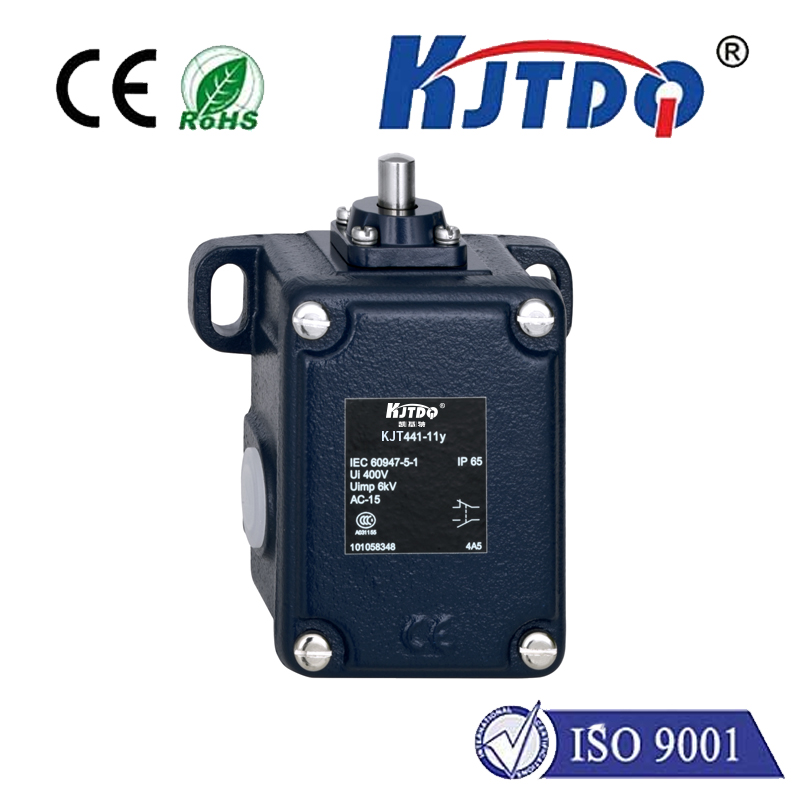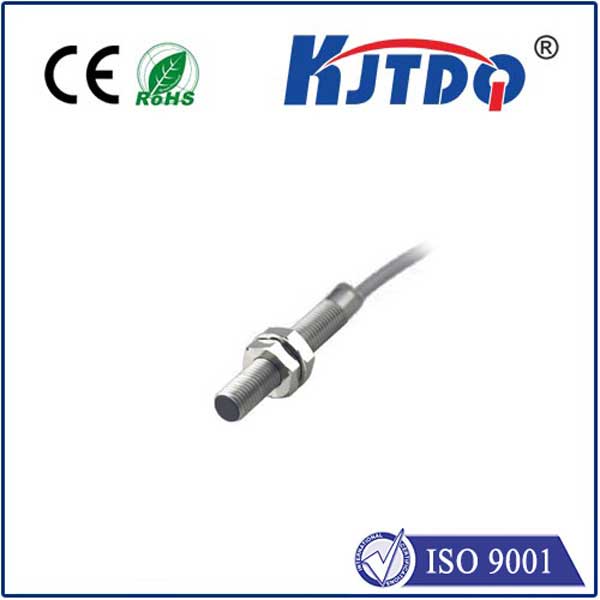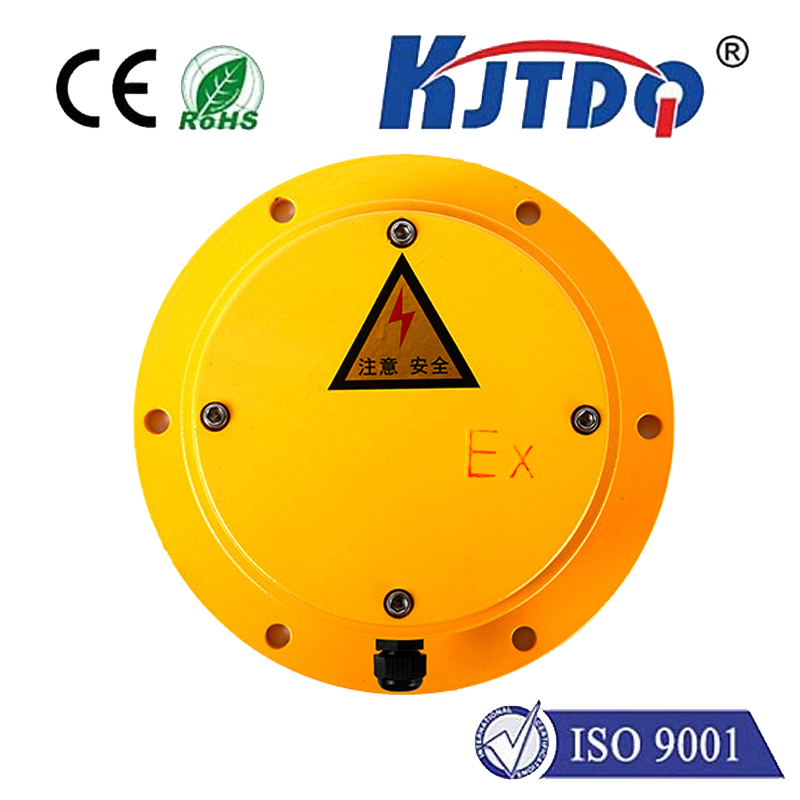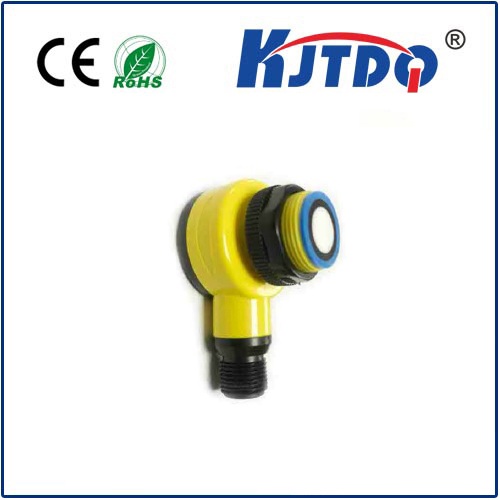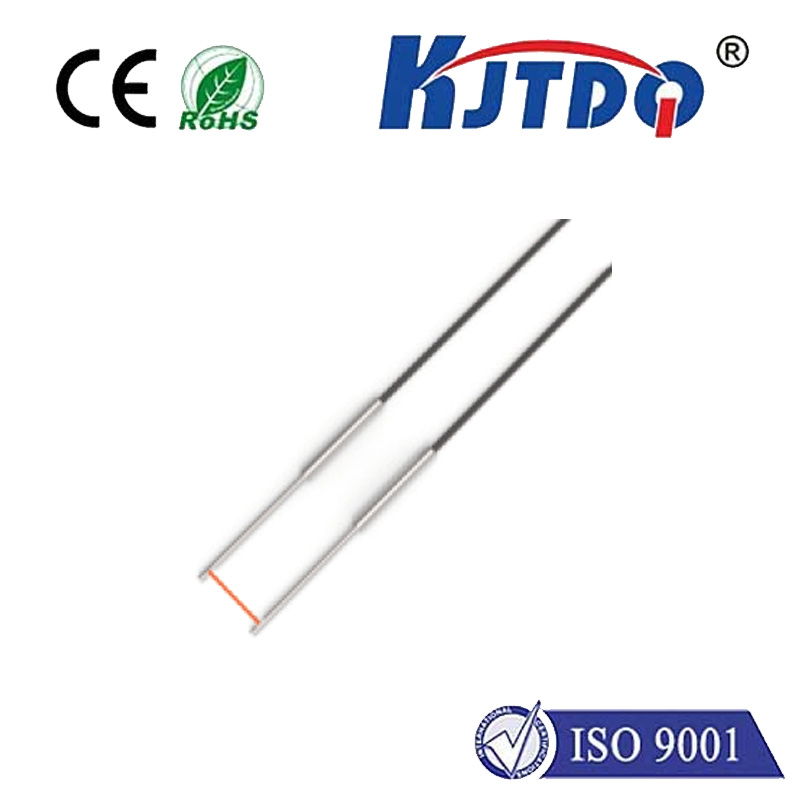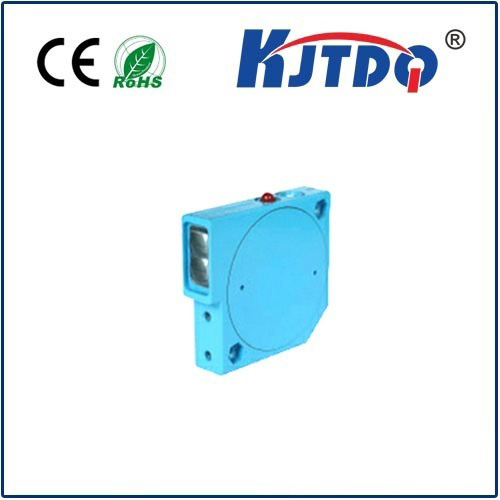

check

check

check

check

check

check

check

check

check

check
Title: The Importance of Two-Way Limit Switches in Industrial Automation
In the world of industrial automation, safety and efficiency are crucial factors to consider. One essential component that plays a critical role in ensuring both is the two-way limit switch. This device is designed to control the movement of machines or equipment by providing a precise signal that indicates when to stop or start operating. In this article, we will explore the importance of two-way limit switches and their significance in industrial automation.
Introduction to Two-Way Limit Switches
A two-way limit switch is a type of electrical switch that can transmit both an open and a closed signal. It operates on the principle of a magnetic or mechanical mechanism that triggers an action when the switch is activated or deactivated. This device is widely used in applications such as elevators, manufacturing plants, and automotive systems.
The Working Principles of Two-Way Limit Switches
The working principle of a two-way limit switch involves the following steps:
1. The switch is typically mounted on the machine's moving part, such as a motor or a shaft.
2. When the machine reaches its desired position, the switch is triggered, sending a signal to the controller or other devices.
3. If the machine tries to move beyond the set range, the switch will again be triggered, preventing any further movement.
4. Once the machine has reached its final destination, the switch will send a signal indicating that it is safe to shut down or stop operating.
Importance of Two-Way Limit Switches in Industrial Automation
Two-way limit switches play a vital role in industrial automation for several reasons:
1. Safety: By controlling the movement of machines, two-way limit switches help prevent accidents by stopping them before they can cause damage. This is particularly important in applications where human intervention is not possible, such as in manufacturing plants or heavy machinery.
2. Efficiency: Two-way limit switches ensure that machines operate within their intended range, reducing wear and tear on components and improving overall system performance. This also leads to higher productivity and faster turnaround times.
3. Reliability: Since two-way limit switches are designed to withstand harsh environments and high levels of stress, they have a longer lifespan compared to other types of switches. Additionally, they can detect malfunctions early on, allowing for timely repairs and maintenance.
4. Cost savings: By preventing accidents and reducing downtime, two-way limit switches can help organizations save money on maintenance, repair costs, and lost productivity.
Conclusion
In conclusion, two-way limit switches are an essential component of industrial automation due to their ability to ensure safety, efficiency, reliability, and cost savings. They play a crucial role in protecting workers and equipment from potential harm while maximizing productivity and reducing operational costs. As technology continues to advance, it is expected that these devices will become even more sophisticated and reliable, further enhancing their importance in various industries.

